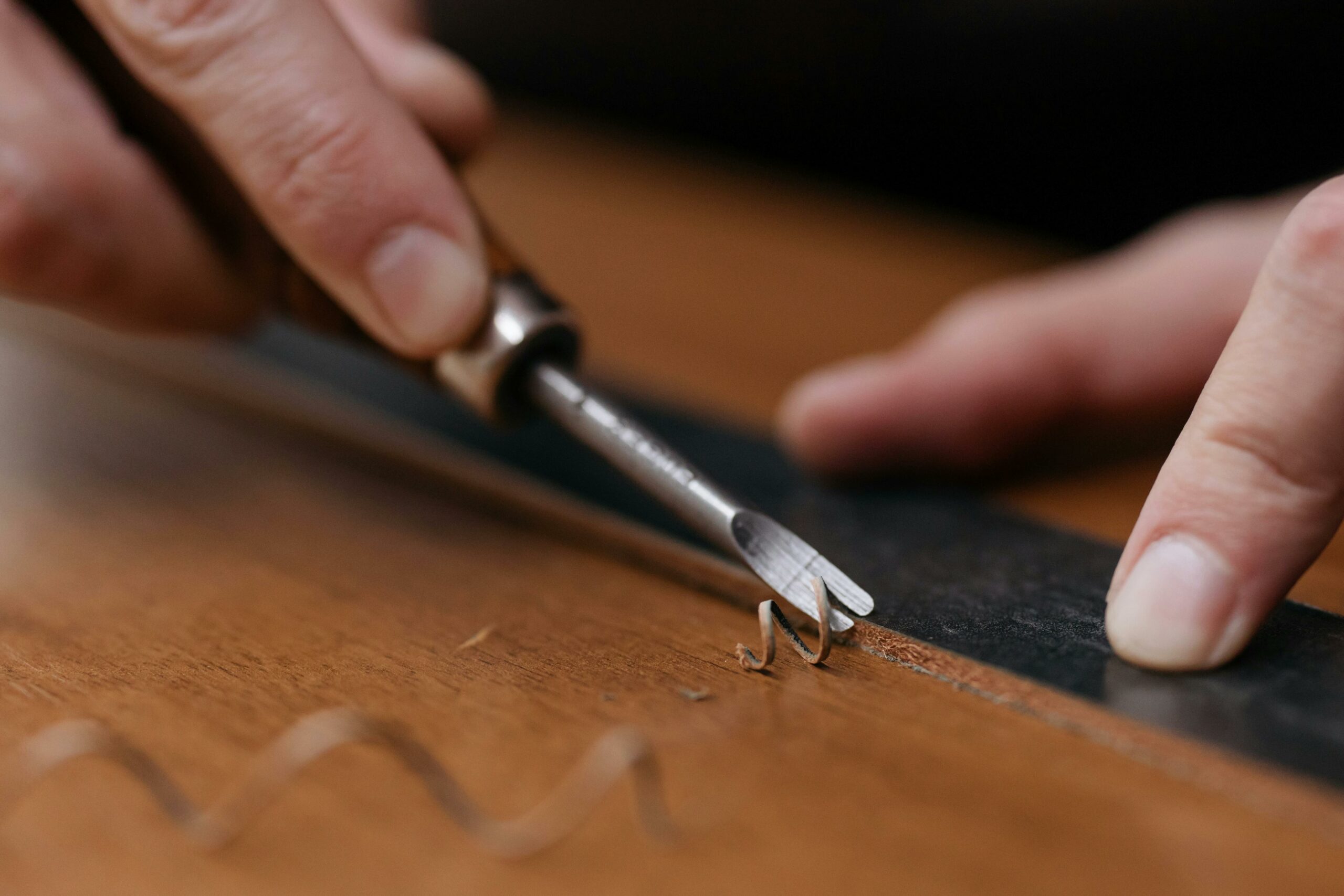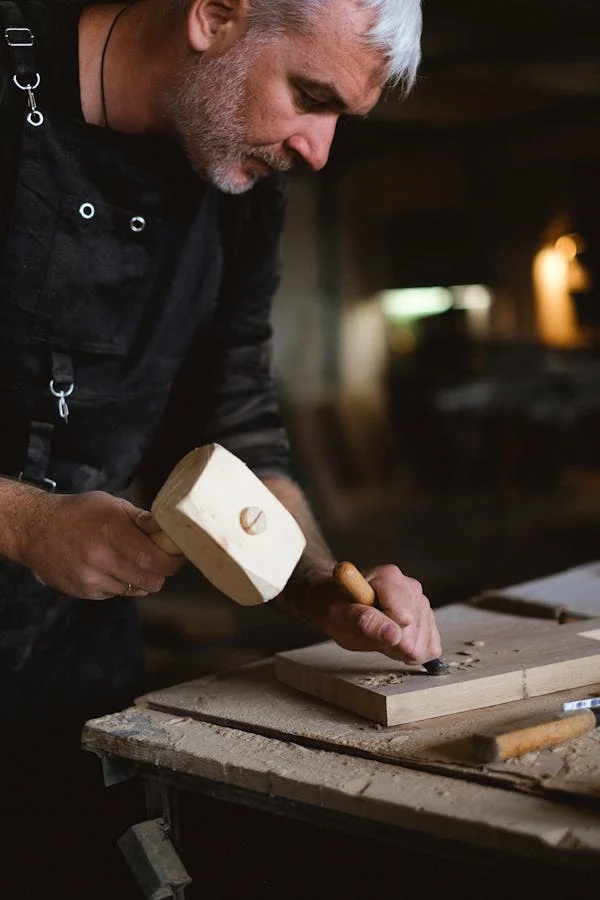Choosing the Right Wood: Ideal Options for Kitchen Utensils and Cutting Boards

In the realm of kitchenware, the choice of wood plays a crucial role in both aesthetics and functionality. Selecting the right wood for kitchen utensils, cutting boards, and cheese or bread boards is essential to ensure durability, food safety, and a visually appealing finish. Here are some of the best woods to consider for crafting these essential kitchen items.
Maple:
Maple is a top choice for kitchen utensils and cutting boards due to its dense and durable nature. Its fine grain provides a smooth surface, making it ideal for cutting and chopping. Maple is also less porous, reducing the likelihood of harboring bacteria and odors. It’s a resilient option that can withstand the rigors of daily kitchen use.
Cherry:
Cherry wood is prized for its rich color and attractive grain patterns. It is a durable hardwood that darkens over time, developing a warm patina. Cherry is an excellent choice for cutting boards, adding an element of elegance to your kitchen while providing a sturdy and reliable surface.
 Walnut:
Walnut:
Walnut is known for its deep, chocolate-brown hue and distinctive grain. This hardwood is not only visually appealing but also highly durable, making it an excellent choice for cutting boards and utensils. Walnut’s natural oils contribute to its resistance to water and stains, ensuring a long-lasting and beautiful addition to your kitchen.
Bamboo:
While technically a grass, bamboo has become increasingly popular for kitchen utensils and cutting boards due to its sustainability and strength. Bamboo possesses natural antibacterial properties and is highly resistant to water, making it an eco-friendly and practical choice for kitchenware.
Acacia:
Acacia wood is prized for its unique patterns, ranging from light to dark hues. It is a durable hardwood that resists water damage and staining, making it suitable for cutting boards. Acacia’s natural resistance to bacteria growth adds an extra layer of food safety to your kitchen.
 Teak:
Teak:
Teak wood is renowned for its exceptional durability and resistance to moisture, making it a stellar choice for cutting boards and kitchen utensils. Its high natural oil content protects the wood from water damage, ensuring a long lifespan for your kitchen tools.
Hard Rock Maple:
Hard Rock Maple, a subspecies of maple, is a particularly dense and durable option for cutting boards. Its tight grain structure makes it resistant to cuts and scratches, while its light color provides a clean and classic appearance in the kitchen.
When choosing wood for kitchen utensils and cutting boards, it’s crucial to prioritize hardwoods with tight grain structures and natural resistance to moisture. Regular maintenance, such as oiling the wood to keep it hydrated and sealed, will prolong the life of your kitchen items. Ultimately, the best wood for your kitchenware depends on your personal preferences, desired aesthetics, and the specific demands of your culinary routine.
Comments
Add comment